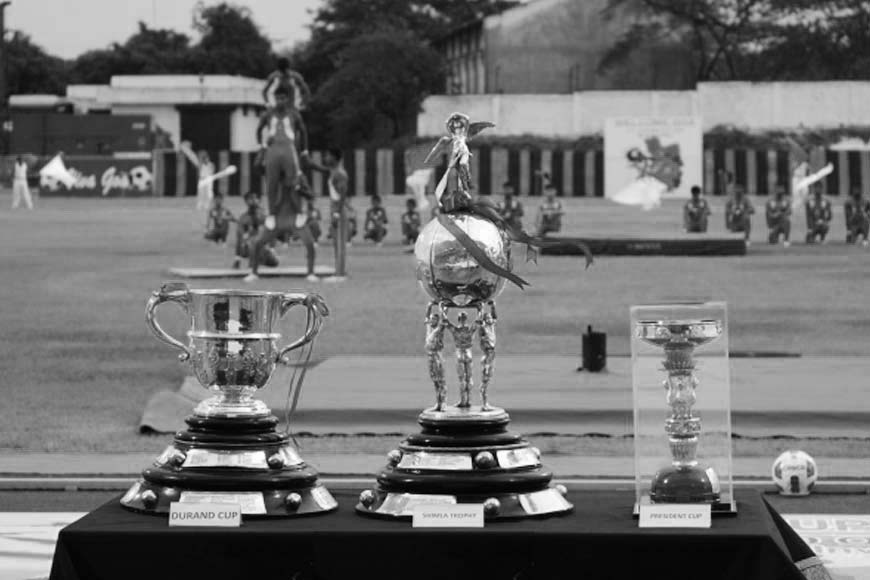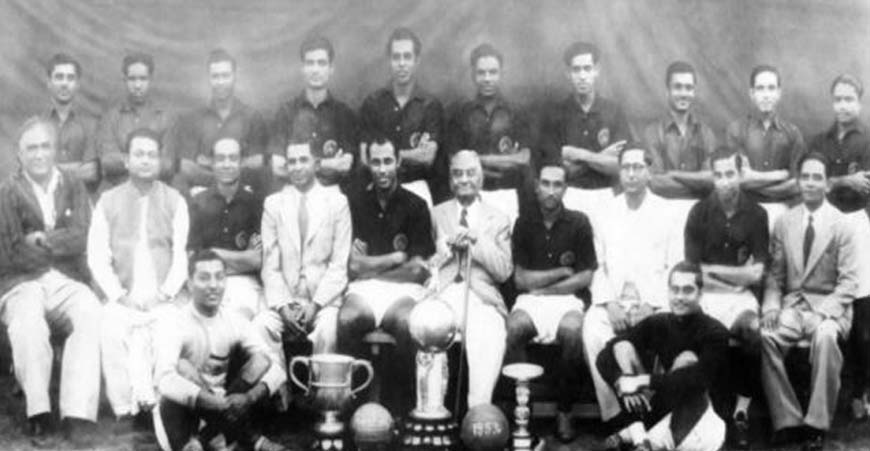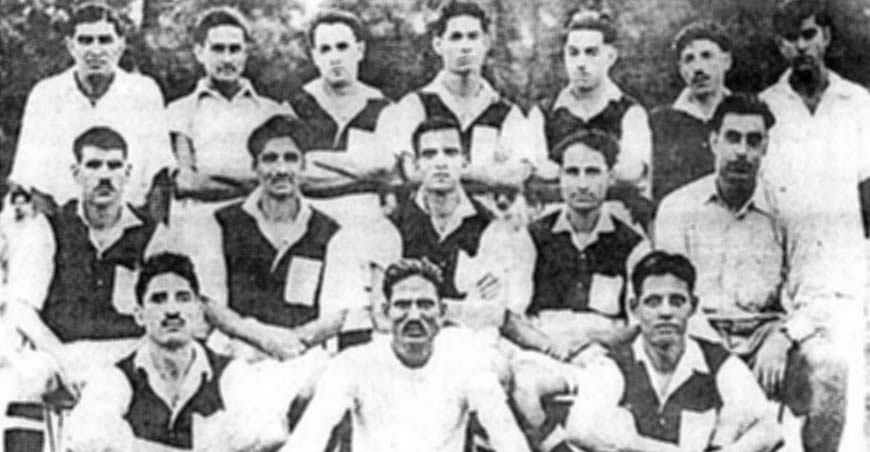Mohun Bagan and Mohammedan Sporting, joint creators of Durand history

The beginning of this story goes back nearly 135 years, to the year 1888. At Shimla, perhaps the most British of all Indian hill stations, Sir Mortimer Durand, the Foreign Secretary in charge of India from 1884-94, was recovering from illness. As he lay in bed with nothing much to do, thinking of the importance of sport as a way to promote good health, he decided to institute a prize to encourage sporting competition in India, particularly among British-Indian soldiers. And thus was born the Durand Cup, the oldest existing football tournament in Asia, and the third oldest in the world.
Our story is not just about the Durand Cup, however. It is also about how the tournament - which remained India’s premier football event until the end of the 20th century - also became a platform for Kolkata’s mighty Indian football teams to demonstrate exactly what they were capable of. And the journey, perhaps predictably, began with Mohun Bagan almost exactly a century ago in 1922, when it became the first Indian club to play in the tournament.

On paper, the Durand Cup was essentially an Army event, beginning with the British-Indian troops. In practise, within a few years of its inception, it was opened to civilian teams as well. However, as renowned Indian football expert Novy Kapadia has written, Indian teams generally failed to keep up with the “superior speed, strength and fitness of the British regimental teams”. Perhaps in an attempt to tide over the awkwardness of the situation, Durand authorities came up with a bright idea in 1937, to have a separate tournament for the teams knocked out in the first round. This competition became known as the Little Durand, or ‘Chhota’ Durand.
Until 1940, the Durand Cup was played only in Shimla, and between 1922 and 1940, there were only two occasions when an Indian civilian team stole the spotlight from their far stronger opponents. The first occasion was in 1927, when the Kolkata team East India Railways (now Eastern Railway FC) put up an absolutely outstanding display before losing 0-2 to the York and Lancaster Regiment.
The second time was in 1936, when yet another Kolkata team, Aryans Club, made it to the semi-finals and took on the Green Howards Regiment. “In a pulsating match with end-to-end action, the barefooted Aryans players gradually wrested ascendancy,” writes Kapadia.
However, then began the penalty kick fiasco. Towards the closing stages of the game, Aryans was awarded a penalty kick which they converted, but the goal was disallowed for no apparent reason. They took the kick again and scored, only to be disallowed once again by the British referee. When this happened for a third time, the large Indian crowd finally lost patience and invaded the pitch, claiming the British referee was biased. The match was abandoned, and the furious Aryans left Shimla the next day, refusing to play any further.

But this was only until 1940, and the tables were soon to turn very soon. In 1940 itself, a third Kolkata club, the mighty Mohammedan Sporting, defeated the Royal Warwickshire Regiment 2-1, becoming the first Indian civilian team to win a Durand final. This bland statement actually does nothing to convey the momentousness of the victory, which in its own way was no less important than Mohun Bagan’s 1911 IFA shield final victory over the East Yorkshire Regiment.
In fact, the displays that teams from Kolkata put up in the Durand Cup were not merely those of footballing excellence. They represented the hopes and aspirations of a subjugated nation, and wrote their own David vs Goliath saga that has probably escaped the attention of many sports historians. Today, in the 100th year of Mohun Bagan’s first participation in India’s preeminent football tournament, we look back and pay tribute to the men who unhesitatingly took on far stronger opponents not merely on the field, but off it.










